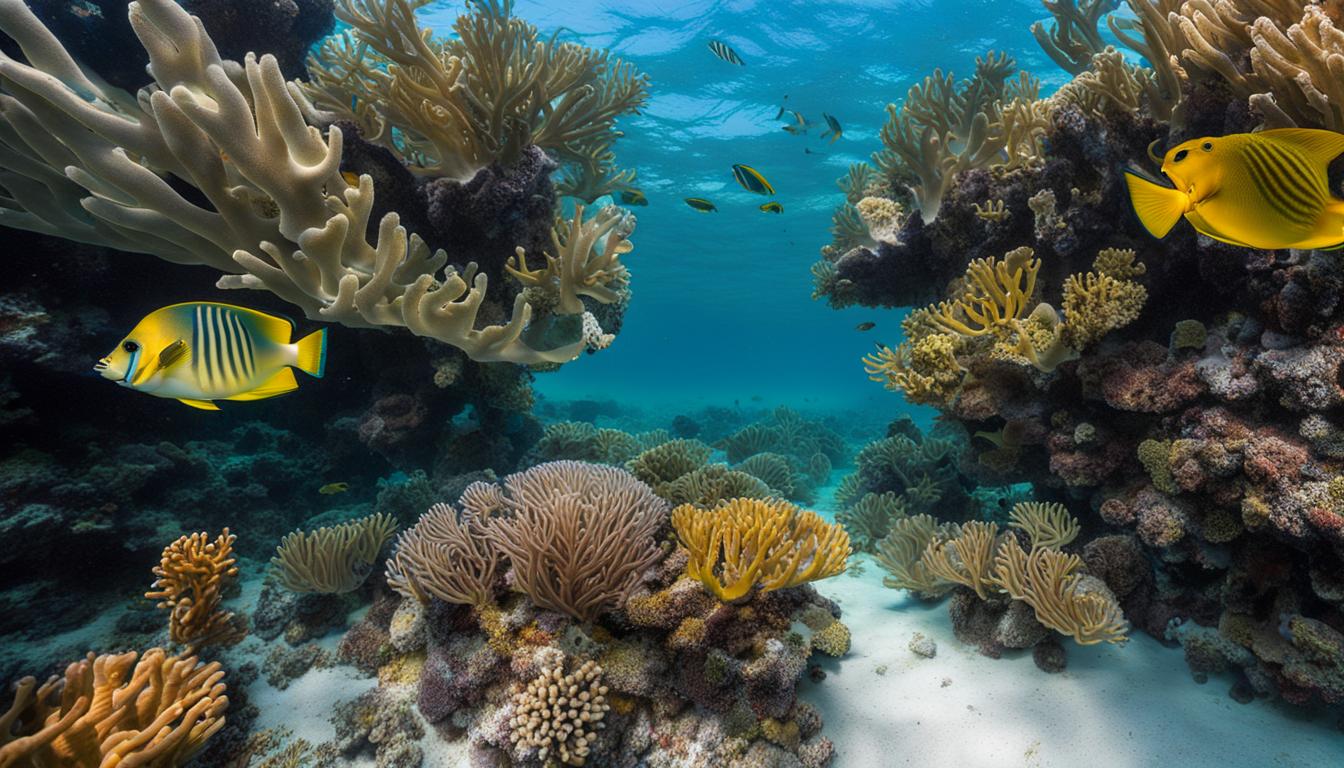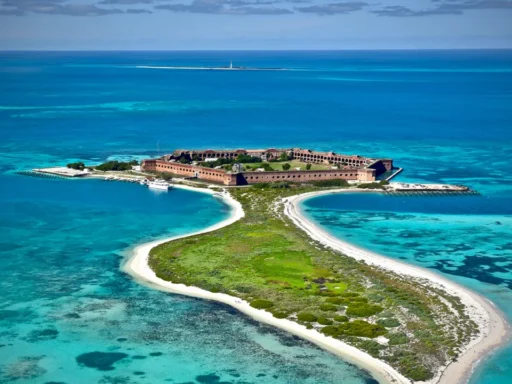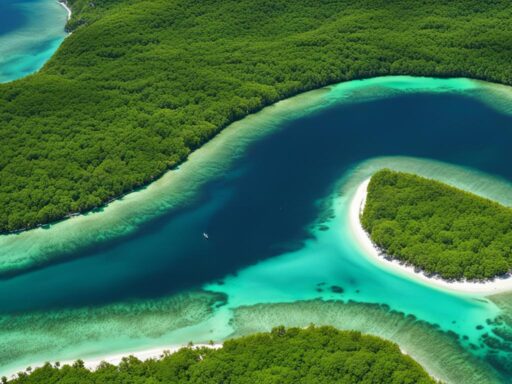Looe Key National Marine Sanctuary
Looe Key Sanctuary Preservation Area, located within the breathtaking Florida Keys National Marine Sanctuary. This 5.32 square nautical mile area has been federally protected since 1981 as an Existing Management Area, ensuring the preservation of its unique marine ecosystem.
Named after the British frigate, H.M.S. Loo, which ran aground in 1744, Looe Key offers a captivating snorkeling and diving experience in the heart of the Florida Keys. Immerse yourself in crystal-clear waters and discover a world teeming with vibrant coral reefs and diverse marine life.
Explore the historical significance of Looe Key, as it tells the tale of an ancient shipwreck and the forces of nature that have shaped its current state. Engage in a range of exciting activities, from snorkeling and diving to lobstering and discovering an artificial reef. The possibilities are endless!
Looe Key National Marine Sanctuary
Key Takeaways: Looe Key National Marine Sanctuary
- Looe Key Sanctuary Preservation Area is a federally protected 5.32 square nautical mile area within the Florida Keys National Marine Sanctuary.
- The name “Looe Key” originates from the wreck of the British frigate, H.M.S. Loo, which ran aground in 1744.
- Looe Key is renowned for its exceptional snorkeling and diving opportunities, showcasing a rich variety of coral reefs and marine species.
- Visitors should familiarize themselves with the regulations and guidelines in place to protect and conserve the Looe Key ecosystem.
- Looe Key is located south of Big Pine Key and can be easily accessed by boat or through guided tours.
History of Looe Key
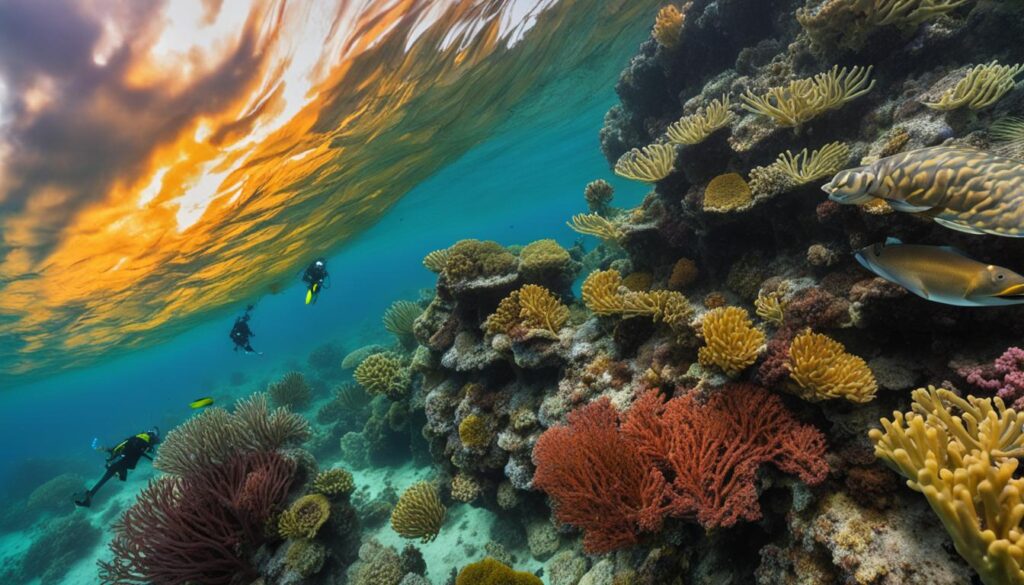
Looe Key, a renowned destination in the Florida Keys, carries a fascinating history that captivates visitors to this day. The key’s name originates from the unfortunate fate of the British frigate, H.M.S. Loo, which met its demise in 1744. Pushed into the reef by the powerful Florida current, the ship’s wreckage played a significant role in shaping the key’s legacy.
The H.M.S. Loo, launched in 1706, served as a tribute to the town of Looe in Cornwall, England. Despite the ship no longer being visible, its story continues to echo throughout Looe Key. Interestingly, a minor clerical error resulted in the addition of an “e” to “Loo” on the charts, further etching its name into history.
“The H.M.S. Loo’s tragic encounter with Looe Key stands as a testament to the power and allure of the Florida current, forever intertwining the key’s destiny with the surrounding marine environment.”
Since 1981, Looe Key has attracted federal protection, preserving its historical significance for present and future generations to explore. Dive into the depths of Looe Key’s captivating past and discover the secrets hidden beneath its crystalline waters.
Stay tuned for the next section of our article, where we will delve into the exciting activities that await visitors in Looe Key.
Activities in Looe Key
Looe Key is a renowned destination for snorkeling and diving enthusiasts. With its pristine waters and favorable sea conditions, it offers a captivating experience for both beginners and experienced divers. The highlight of Looe Key is its stunning coral reefs teeming with vibrant marine life.
An Underwater Paradise
The reef surrounding Looe Key boasts an impressive array of marine species, making it a haven for underwater exploration. Divers and snorkelers can encounter over 150 species of fish, including yellowtail, angelfish, parrotfish, barracuda, and the elusive moray eel. The thrill of spotting various species of sharks and graceful rays adds to the excitement of exploring Looe Key’s underwater ecosystem.
Besides the diverse marine life, Looe Key is home to a variety of corals, showcasing the intricate beauty of the underwater landscape. The staghorn, elkhorn, star, brain, and fire corals add vibrant colors and unique textures to the reef, creating a visually stunning environment.
For adventure seekers, Looe Key also features an artificial reef known as the Adolphus Busch. This former shrimp boat was intentionally sunk in 1998 to create an exciting diving site. The wreck has since become an artificial reef, providing a captivating exploration opportunity for divers.
Thrills Beyond the Reef
In addition to snorkeling and diving, visitors can partake in lobstering during the designated season. This activity allows enthusiasts to dive for spiny lobsters and enjoy the thrill of catching their own seafood delicacy.
Whether you’re a passionate snorkeler, an experienced diver, or someone seeking an unforgettable marine adventure, Looe Key offers an abundance of activities and natural wonders to explore.
Regulations and Guidelines
Looe Key Sanctuary Preservation Area is a designated Sanctuary Preservation Area within the Florida Keys National Marine Sanctuary. To ensure the protection of the fragile ecosystem, there are specific regulations and guidelines that visitors must adhere to.
Before embarking on any activities in Looe Key, it is important for visitors to familiarize themselves with the regulations in place. These regulations aim to preserve the coral reefs and marine life, maintaining the natural beauty and biodiversity of the area. Violations of these regulations can result in fines and even criminal charges.
Activities in Looe Key may be subject to restrictions or prohibitions in order to minimize the impact on the environment. It is crucial for visitors to respect these limitations and engage in responsible practices while exploring the area.
Activities Restrictions
- No anchoring or mooring on the coral reefs
- No touching or stepping on the coral reefs
- No fishing or collecting of marine life without proper permits
- No littering or dumping of any kind
- No feeding or harassing marine animals
- No removal or alteration of any natural resources
These activities restrictions ensure that Looe Key remains a pristine and protected sanctuary for future generations to enjoy. It is the responsibility of every visitor to uphold these guidelines and contribute to the preservation of this beautiful ecosystem.
If you are planning a visit to Looe Key, local scuba diving and snorkeling charters can provide you with more detailed information regarding the regulations and guidelines specific to the area. By following these regulations, you can ensure a memorable and sustainable experience in Looe Key Sanctuary Preservation Area.
Location and Map
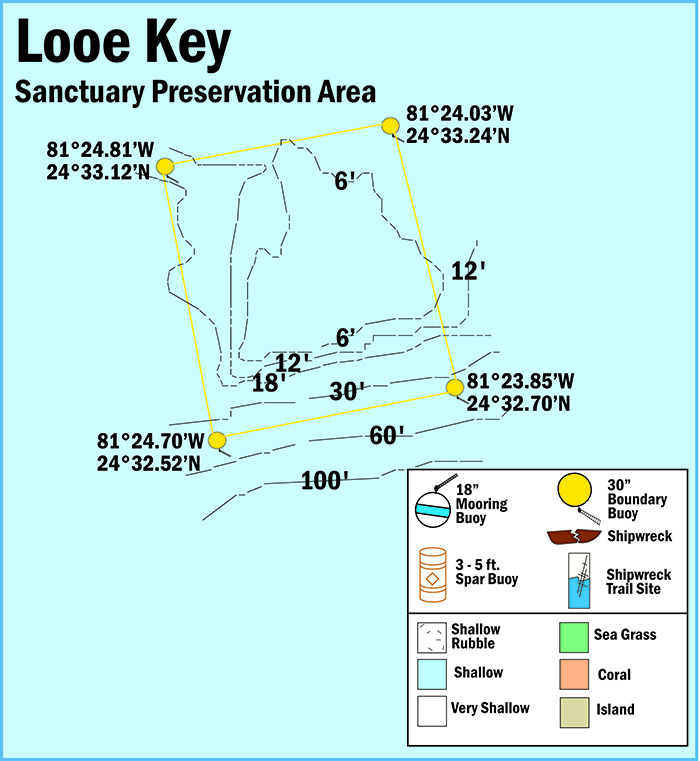
Looe Key is a pristine coral reef located within the Florida Keys National Marine Sanctuary, just south of Big Pine Key. This beautiful underwater paradise is part of the larger Sanctuary Preservation Area, offering visitors a unique opportunity to explore and appreciate the wonders of marine life.
To get a better understanding of Looe Key’s location within the Florida Keys, visitors can refer to the following coordinates: 24°32’55″N 81°24’21″W. These coordinates pinpoint the exact spot where this vibrant coral reef thrives, attracting snorkelers, divers, and nature enthusiasts from around the world.
For those planning their visit, it’s helpful to have access to a map of Looe Key which provides an overview of the surrounding area, nearby islands, and the marine sanctuary. This map can serve as a valuable resource to plan your itinerary, discover nearby attractions, and navigate the waters while preserving this fragile ecosystem.
Exploring Looe Key is made accessible through various means of transportation. Whether you choose to embark on a guided tour or navigate the crystal-clear waters by boat, the awe-inspiring beauty of Looe Key awaits.
Immerse yourself in this underwater wonderland and witness the breathtaking marine life that calls Looe Key home.
Conservation Efforts
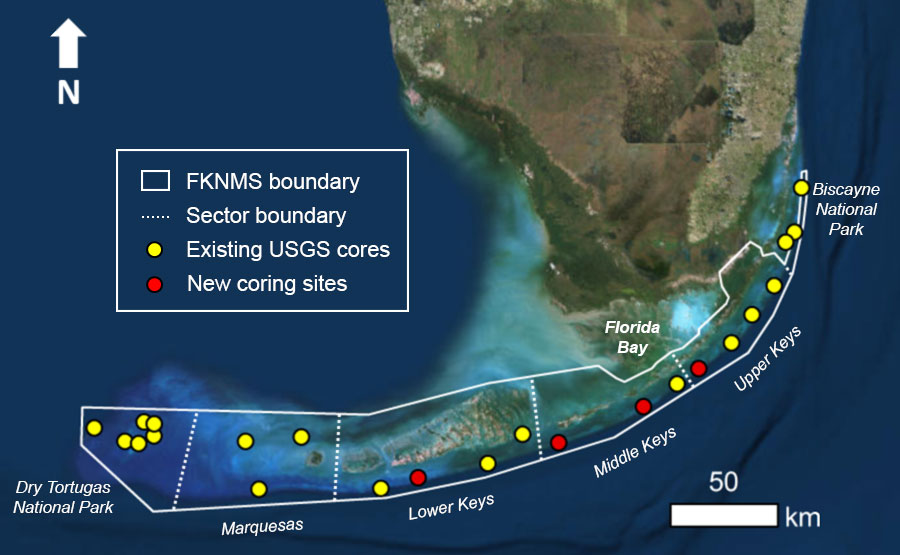
Looe Key, located within the Florida Keys National Marine Sanctuary, has been the subject of extensive conservation and restoration efforts. In 1994, a research vessel accidentally ran aground on Looe Key, causing significant damage to the delicate coral reef ecosystem. Recognizing the importance of preserving this vital marine habitat, the National Oceanic and Atmospheric Administration (NOAA) and its subcontractors launched a comprehensive restoration project in 1999.
The restoration project at Looe Key involved implementing various strategies to repair the damage and promote the recovery of the coral reef. Limestone boulders were strategically placed to create new habitats for marine organisms, while concrete was poured to stabilize the reef structure. Additionally, benthic species were reintroduced to enhance the biodiversity and overall health of the ecosystem. These efforts have been critical in ensuring the long-term conservation of Looe Key and its surrounding marine environment.
The conservation and restoration initiatives undertaken at Looe Key have yielded significant positive outcomes. The restoration project has successfully revitalized damaged areas of the coral reef, allowing them to thrive once again and supporting a diverse array of marine life. By preserving this unique ecosystem, the conservation efforts at Looe Key contribute to the overall health of the Florida Keys National Marine Sanctuary and help safeguard the region’s natural heritage for future generations to enjoy.
FAQ
Q: What is Looe Key Sanctuary Preservation Area?
A: Looe Key Sanctuary Preservation Area is a 5.32 square nautical mile area within the Florida Keys National Marine Sanctuary. It has been federally protected since 1981 as an Existing Management Area.
Q: How did Looe Key get its name?
A: Looe Key was named after the British frigate, H.M.S. Loo, which ran aground in 1744.
Q: What activities can be done in Looe Key?
A: Looe Key offers unique snorkeling and diving experiences in the crystal-clear waters. Visitors can explore over 150 species of fish, various corals, and even go lobstering in the area. The artificial reef called the Adolphus Busch is also a popular diving site.
Q: Are there any regulations in place for Looe Key?
A: Yes, Looe Key Sanctuary Preservation Area has special regulations to protect the ecosystem. Visitors should familiarize themselves with these regulations to ensure the conservation of coral reefs and marine life.
Q: Where is Looe Key located?
A: Looe Key is located within the Florida Keys National Marine Sanctuary, to the south of Big Pine Key. The exact coordinates of Looe Key are 24°32’55″N 81°24’21″W.
Q: What conservation efforts have been made for Looe Key?
A: Looe Key has undergone conservation and restoration efforts after damage caused by a research vessel in 1994. Restoration projects involving limestone boulders, concrete pouring, and reintroduction of benthic species have helped preserve the biodiversity and health of the coral reef ecosystem in Looe Key.
Read More
What’s the Florida Keys National Marine Sanctuary?
10 Things to Do in Key Largo for Couples


